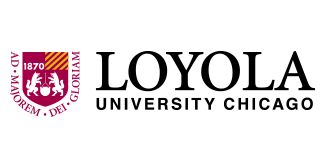Major
Chemistry
Anticipated Graduation Year
2022
Access Type
Open Access
Abstract
Fourier-transform Infrared (FTIR) spectroscopy is widely applied to identify small molecules adsorbed to metal surfaces. Here, FTIR was coupled to an ultra-high vacuum (UHV) system where the sample environment was carefully controlled to eliminate interference from atmospheric species. IR reflection measurements from a metal surface were performed under UHV conditions and the catalytic oxidation of carbon monoxide (CO) to carbon dioxide (CO2) over Rh(111) was investigated. This reaction was used as a probe reaction to determine the relative reactivity of various oxidic species. We determined the binding sites on oxygenated Rh(111) and determined their chemical significance towards heterogeneously catalyzed oxidation of CO. This provided atomic level information regarding oxidation reactions, and advanced our understanding of the different surface phases relevant to many Rh catalyzed processes.
Faculty Mentors & Instructors
Dan Killelea, Associate Professor, Associate Dean for Grants, Department of Chemistry and Biochemistry; Elizabeth Jamka, Graduate Student, Department of Chemistry and Biochemistry; Maxwell Gillum, Graduate Student, Department of Chemistry and Biochemistry
Creative Commons License

This work is licensed under a Creative Commons Attribution-Noncommercial-No Derivative Works 3.0 License.
Investigation of carbon monoxide (CO) oxidation on Rh(111) with IRRAS
Fourier-transform Infrared (FTIR) spectroscopy is widely applied to identify small molecules adsorbed to metal surfaces. Here, FTIR was coupled to an ultra-high vacuum (UHV) system where the sample environment was carefully controlled to eliminate interference from atmospheric species. IR reflection measurements from a metal surface were performed under UHV conditions and the catalytic oxidation of carbon monoxide (CO) to carbon dioxide (CO2) over Rh(111) was investigated. This reaction was used as a probe reaction to determine the relative reactivity of various oxidic species. We determined the binding sites on oxygenated Rh(111) and determined their chemical significance towards heterogeneously catalyzed oxidation of CO. This provided atomic level information regarding oxidation reactions, and advanced our understanding of the different surface phases relevant to many Rh catalyzed processes.


